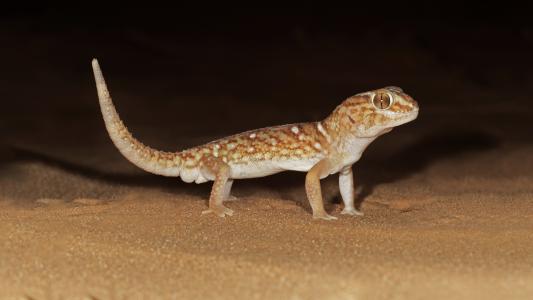A team of scientists has discovered a technique to keep tadpoles alive despite removing their capacity to breathe — by injecting algae into the little froglets’ brain blood vessels, turning their heads a bright, almost neon, green.
What the frog? Plants, such as algae, produce oxygen through photosynthesis. Animals, on the other hand, cannot — we typically use lungs or gills to filter it from the environment.
But what if there was a way animals could get the oxygen they need the same way that plants do?
“The algae actually produced so much oxygen that they could bring the nerve cells back to life.”
Hans Straka
A team of scientists at the Ludwig Maximilians University inserted photosynthetic algae into tadpoles, then removed the oxygen from their water. The idea was that the algae would form a mutually beneficial relationship between the frog and the microbe that would keep them both alive, even without environmental oxygen — like a little oxygen factory right in pollywog’s brain.
How they did it: To see if their mini-oxygen factory would work, the scientists injected the algae into the tadpoles, then starved them of oxygen until their brain shut down, reports The Scientist. Then they shone a light on the tadpoles, activating the brain-algae, which began to photosynthesize and produce oxygen. Sure enough, the tadpole’s brain cells became active again.
They published their work in the journal iScience.
“The algae actually produced so much oxygen that they could bring the nerve cells back to life, if you will,” senior author Hans Straka told SciTech Daily. “For many people, it sounds like science fiction, but after all, it’s just the right combination of biological schemes and biological principles.”
Why this matters: Conceivably, this could lead to medical benefits — like temporarily providing transplant organs with sufficient oxygen or helping skin wounds heal (something the team has already begun researching). But let’s not overanalyze this — the study is mind-boggling, regardless of the medical benefits.
Don’t hold your breath: Biologist Ryan Kerney told The Scientist that scientists, for a long time, have been trying to create symbiotic relationships between algae and animals. But he warns that studies, where entire microorganisms are introduced into cells or tissues intentionally to change their function, are “largely unregulated and under-scrutinized.”
“But the potential implications are also just fascinating to speculate about,” Kerney said. “Can we get away from breathing as a way to keep our brains going?”
We’d love to hear from you! If you have a comment about this article or if you have a tip for a future Freethink story, please email us at tips@freethink.com.
An example of a medical application has been added and updated in this article.
